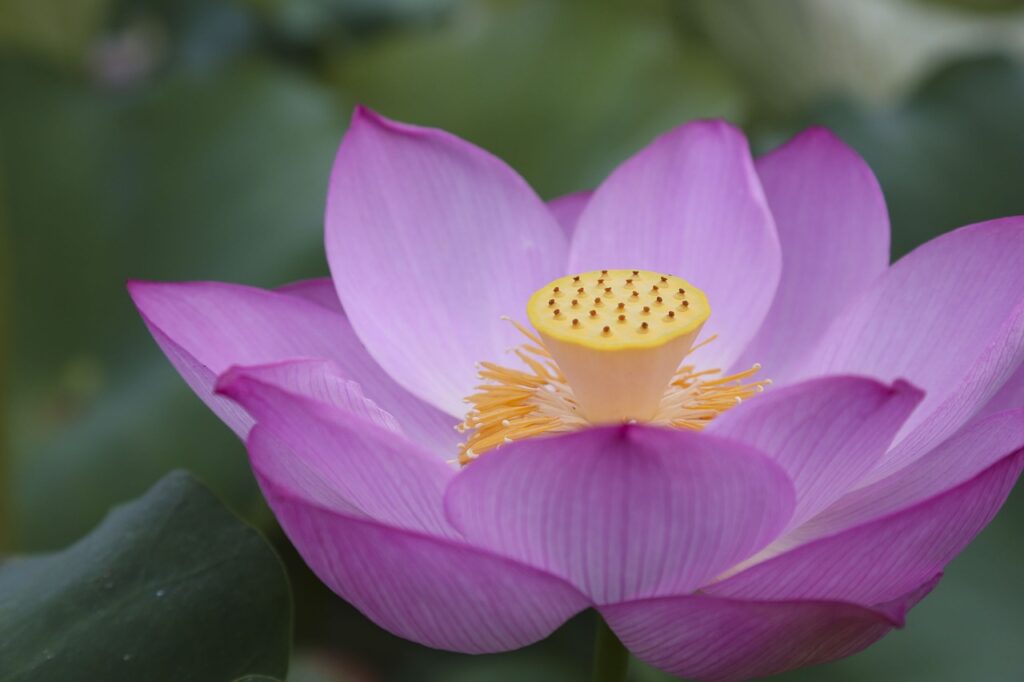The Court of Thorns and Roses in Order: Sequence and Stakes
The core of Maas’s realm is seven faerie courts—Spring, Summer, Autumn, Winter, Day, Dawn, and Night—each ruled by a High Lord (and, later, High Lady). Understanding the court of thorns and roses in order isn’t just about spoilers; it’s the map for Feyre Archeron’s transformation from outsider to power player, from prey to queen.
- A Court of Thorns and Roses: Feyre kills a wolf and is claimed by Tamlin, High Lord of the Spring Court. Her new life, a blend of classic fairytale and deadly political intrigue, reveals court hierarchy, curses, and the first threads of a deeper war.
- A Court of Mist and Fury: Feyre, remade by trauma and bargains, finds herself pulled between Tamlin’s Spring Court and Rhysand’s Night Court. The court of thorns and roses in order matters: here, power and love are negotiated, not gifted. Court politics grow sharper, and Feyre learns the discipline of both power and healing.
- A Court of Wings and Ruin: War comes to Prythian. Feyre’s alliances and betrayals redraw the court map—Night and Spring, Autumn and Summer, all caught in Hybern’s crossfire. Feyre’s rise to High Lady of Night Court is only logical if you’ve watched her journey in sequence.
- A Court of Frost and Starlight (novella): The realm processes aftermath; friendships and loyalties are tested as the courts regroup, and Feyre’s family faces changing relationships.
- A Court of Silver Flames: The focus shifts to Nesta, Feyre’s sister. Her struggle to belong and to master her own violence ties her to new threats facing the courts—a story as much about family as about court order.
Read the court of thorns and roses in order and the arc sharpens: the cost of magic, the price of power, and why every victory feels earned.
The Structure and Rules of the Royal Court
The court system is not setdressing:
Spring: Beauty masks deep rot; the most splendid court is often the most dangerous. Night: Glamour and discipline protect hardwon freedoms, but loyalty demands hard choices. Autumn, Winter, Summer, Day, Dawn: Each is unique in magic, history, and danger—a moving chessboard where alliances are never static.
Magic is contractual. Every vow, every debt, and every betrayal in the court of thorns and roses in order is documented by bargain, blood, and memory.
Power Dynamics: Romance and Negotiation
Maas subverts and sharpens the romance: Feyre and Rhysand’s partnership is forged through tests—of trust, healing, and shared rule. Love is agency, not fate; partnership is negotiation, not rescue. Sexual and political power intersect at every ball, council, and clandestine meeting.
Every relationship is a political move—alliances, betrayals, and sacrifices are rarely what they seem.
Thorns and Blossoms: Discipline in Pageantry
Court rituals—festivals, market days, treaty debates—mask sharp ambition. “Thorns” represent every threat: ancient curses, fae intrigue, and the physical risk of politics. “Blossoms” represent hope, recovery, and the loyalty Feyre builds—always earned, never assumed.
Prythian’s courts are never fixed. Every conflict in the court of thorns and roses in order resets the boundaries between ally and rival.
Themes Central to the Series
Transformation: Court roles change. Feyre shifts from outsider to queen, Nesta from broken to forging new courts of her own. Sacrifice: Peace and love are not gifts—they’re paid for, sometimes with blood, sometimes with trust. Survival: The prettiest court can break you; discipline and strategy are more valuable than simple glamor.
Why Reading Order Matters in Court Fantasy
Skipping books breaks the logic. The court of thorns and roses in order reveals cyclical wounds, historic vendettas, and why certain characters can never return to what they were. Even small negotiations in early books explodes into later wars, and every secret—however minor—reverberates for books to come.
Future of the Royal Court
The final books set Feyre and Nesta as new powers in the courts, but Maas makes it clear: the old order never truly dies. Every new alliance, every child born to a High Lady, every rumor of uprising hints at further cycles to come.
The court of thorns and roses in order offers repeatable lessons: never trust court splendor; always watch for the knife behind the bloom.
Final Thoughts
The Royal Court of Thorns and Roses is not just an exercise in fantasy; it’s a discipline in reading for motives, watching for bargains, and understanding the cost of real power. Get the court of thorns and roses in order, and every heartbreak, alliance, and triumph lines up—not as accident, but as earned progression. In Prythian’s courts, beauty is both weapon and shield—and only those who respect the rules, in literature and life, survive.
